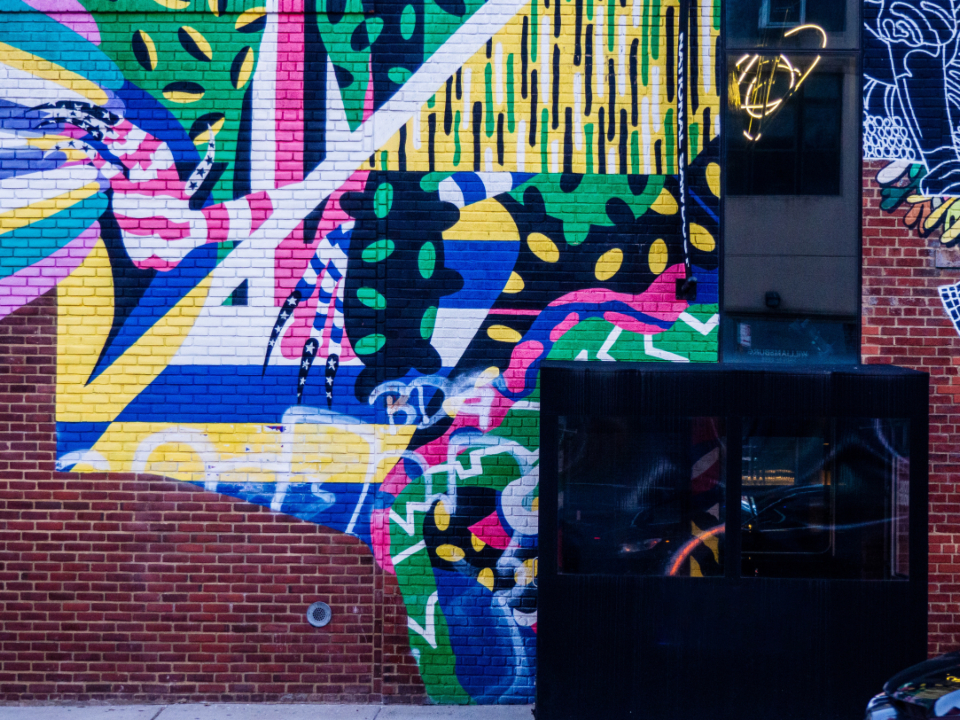Art has always been a mirror reflecting the realities of society, and at the same time, a transformative force driving social change. Through its myriad forms, from painting and sculpture to music, film, and performance, art has the unique ability to address and challenge the injustices that persist in the world. In this article, we will delve into the profound relationship between art and social justice, exploring how artists have used their creative expression to effect positive change and inspire movements.

The Voice of the Marginalized
One of the most impactful aspects of art’s role in social justice is its capacity to amplify the voices of marginalized and oppressed communities. Artists, throughout history, have used their work to shed light on the struggles of those who often go unheard. Whether through visual art, poetry, or music, these creative expressions serve as a means of advocating for the rights and dignity of individuals and groups facing discrimination.
In the mid-20th century, for instance, the Civil Rights Movement in the United States found its anthem in the bluesy notes of songs like “We Shall Overcome.” These powerful lyrics, combined with soul-stirring melodies, united individuals from all walks of life in their fight against racial injustice. The visual arts, too, played a crucial role, with iconic works like Norman Rockwell’s “The Problem We All Live With,” which depicted the brave journey of Ruby Bridges, a young African American girl who integrated a white elementary school.
Provoking Thought and Conversation
Art has an uncanny ability to provoke thought and initiate conversations that might otherwise remain unspoken. Through symbolism, allegory, and even shock value, artists challenge viewers to confront difficult truths about society. One of the most famous examples of this is Picasso’s “Guernica,” a powerful anti-war painting that captures the horrors of the Spanish Civil War. The mural-sized artwork forces viewers to grapple with the violence and suffering brought about by conflict.
Similarly, contemporary artists use various mediums to address social issues, from climate change to gender equality. Ai Weiwei, a Chinese artist and activist, has gained international recognition for his provocative works that confront authoritarianism, censorship, and human rights abuses. His art has not only raised awareness but also catalyzed discussions on these critical global issues.
Advocacy and Activism
Art is not merely a passive commentary on social issues; it often serves as a powerful tool for advocacy and activism. Artists actively engage in movements for social justice, contributing their talents to create a visual and emotional connection with the audience. Take, for example, the murals that emerged during the Black Lives Matter protests, which not only expressed solidarity but also demanded an end to police brutality and racial inequality.
Artists who engage in advocacy and activism often inspire others to join the cause. Their work can serve as a rallying cry, igniting a fire within those who encounter it and motivating them to take action. This synergy between art and activism has the potential to create meaningful and lasting change.
Art as Healing
Art has a therapeutic quality that can aid in healing the wounds of those who have experienced trauma. Art therapy, in particular, has gained recognition for its ability to help survivors of violence, abuse, and conflict. Through creative expression, individuals can process their emotions, find solace, and regain a sense of control over their lives.
The Ongoing Struggle for Justice
Art and social justice are intrinsically connected, and artists have consistently played a pivotal role in advocating for positive change. Their work not only brings attention to societal injustices but also challenges our perceptions, provokes meaningful conversations, and inspires collective action. As we continue our journey toward a more just and equitable world, art remains a powerful ally, urging us to confront the issues that divide us and to imagine a brighter, more inclusive future.
In our ever-evolving society, the transformative power of art shines as a beacon of hope. Just as the brushstrokes of a painter can convey the pain of injustice, they can also illuminate the path toward a more equitable world. While artists have been the guiding lights in this struggle, we all have a role to play. So, let us take inspiration from the artists and activists, and as we move forward, let us create a more just and compassionate world together.
For a different kind of artistic experience, you can explore the world of Woo Сasino Slots where the thrill of chance and creativity meet in the world of online gaming.











